15% off with DESIGN15
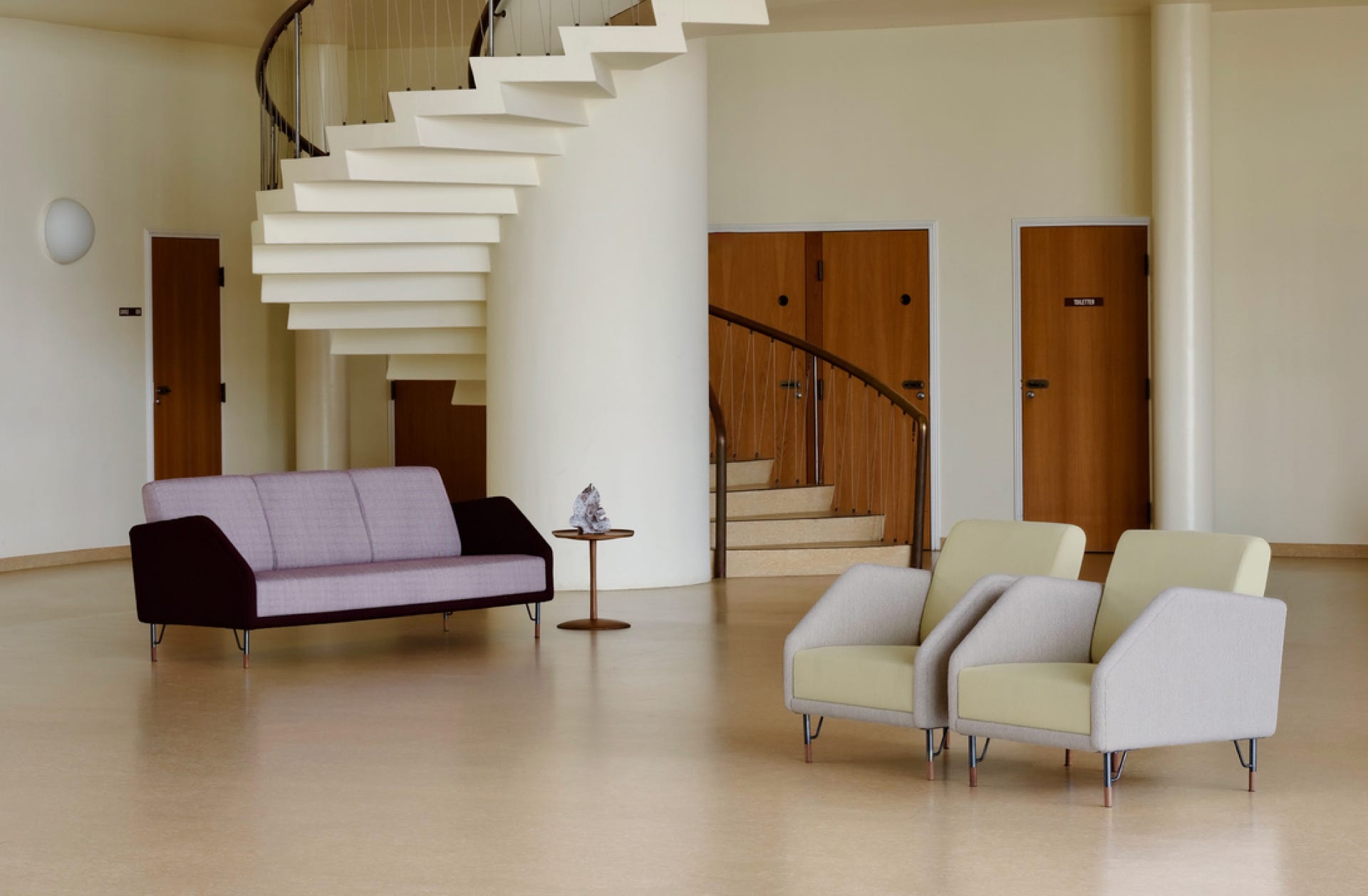
With its simple, refined expression, Serie 77 is probably Finn Juhl's most atypical design, since it follows in the aesthetic footsteps of the Bauhaus era. Inspired by his American colleagues, in 1953 Finn Juhl designed a series of furniture with a purer, more industrial aesthetic. These included the 77 series, whose upholstered body seems to float on a delicate, almost invisible frame of burnished steel. Bright colors became an important element of Finn Juhl's designs, breaking with the tradition of Danish design.
The 77 Series is produced in Denmark, as in the original, on a sturdy beechwood frame, upholstered and sewn by hand using traditional craftsmanship. The fixed seat cushions and loose back cushions are fitted with spring inserts to ensure comfort and long life. The 77 Series is available in textile or leather, with burnished steel legs finished with oak or walnut end caps.
The 77 series evokes the international airport lounges and hotel lobbies of the 50s and 60s, as well as architect-designed homes with large windows and independent graphic interiors. Although it has an industrial expression, the 77 e series is far from being an industrial production, and behind its modest, simple appearance lies time-honored craftsmanship and materials of the highest quality.
Chair W73 x D79 x H79 cm 2-seater W133 x D79 x H79 cm 3-seater W192 x D79 x H79 cm
Seat height 40,5 cm
Chair
from
2-seater
from
3-seater
from
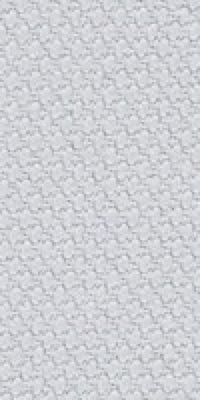

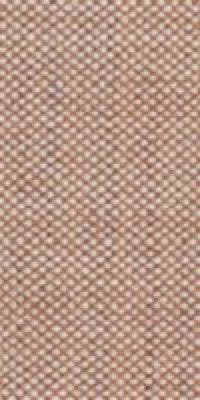



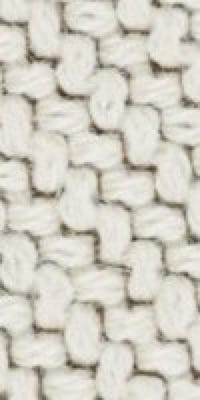




Finn Juhl
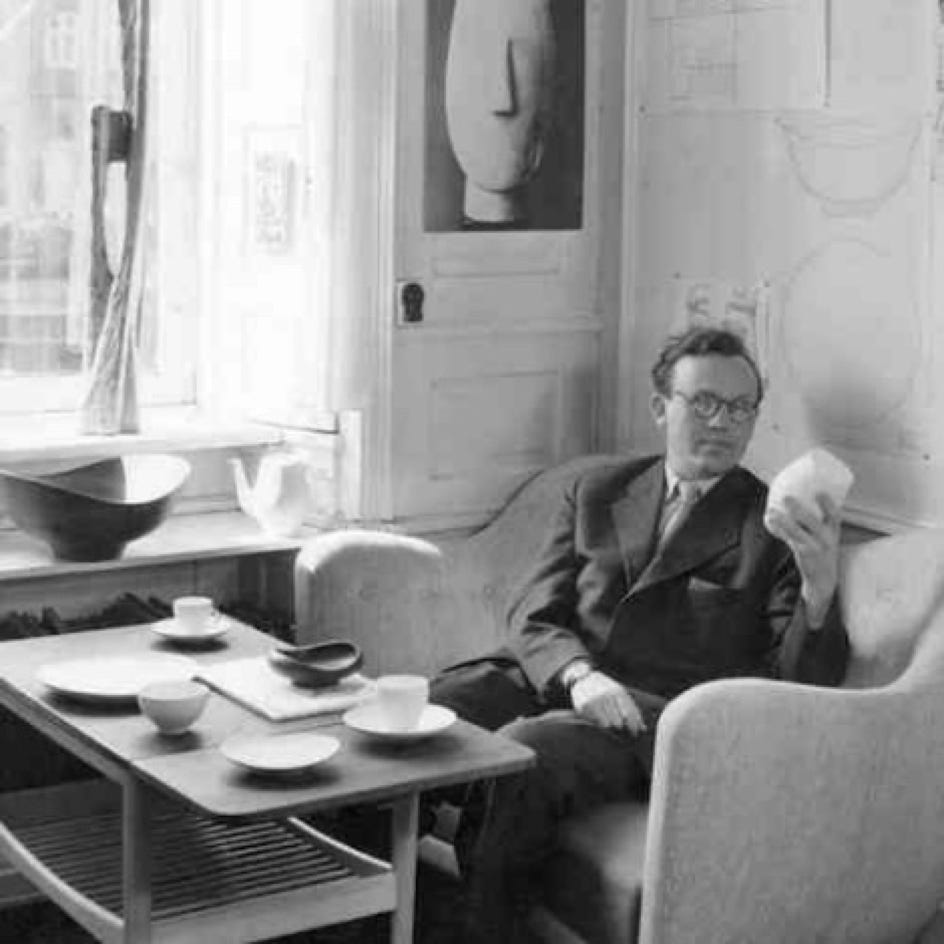
As a teenager, Finn Juhl (1912-1989) wanted to become an art historian after having been fascinated by fine arts since childhood. His father prevented him from doing so and he studied architecture. Later, once his reputation as a furniture designer had been acquired, he would speak of himself as a self-taught man, certainly in reference to this thwarted vocation which forced him to make his intellectual journey alone. His very singular style owes much to this non-linear trajectory, with a very unacademic interpretation of art visible in his work. Finn Juhl began his studies in 1930, a key period that saw the birth of modern design and furniture.
His ultra-modern offices in the center of Copenhagen greeted visitors with a huge Japanese paper fish, a symbol of imagination. And rather than approaching furniture design from a functional, classical perspective, Finn Juhl approached his work as a sculptor. He sought beauty in volume and form, life and expressiveness. An approach that in the 1940's and 1950's was totally unprecedented. For Finn Juhl, it was clear that a piece of furniture could not be limited to a function, but also had to express an artistic sensibility.
While he remains world-famous for his furniture, Finn Juhl also designed several interior architecture projects and a few industrial products, including IBM typewriters. His greatest commercial success was with the Baker Company in the United States, which allowed him to mass-produce several pieces of furniture.
As an architect, he is known for the interior design of the United Nations Council in New York.